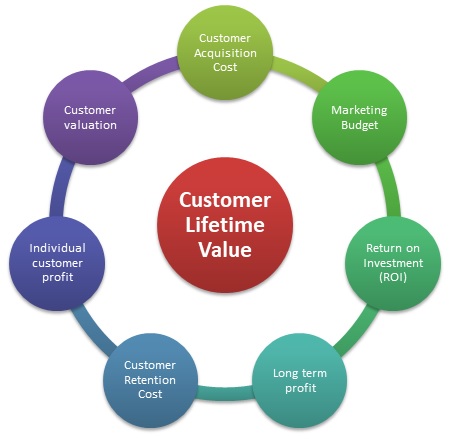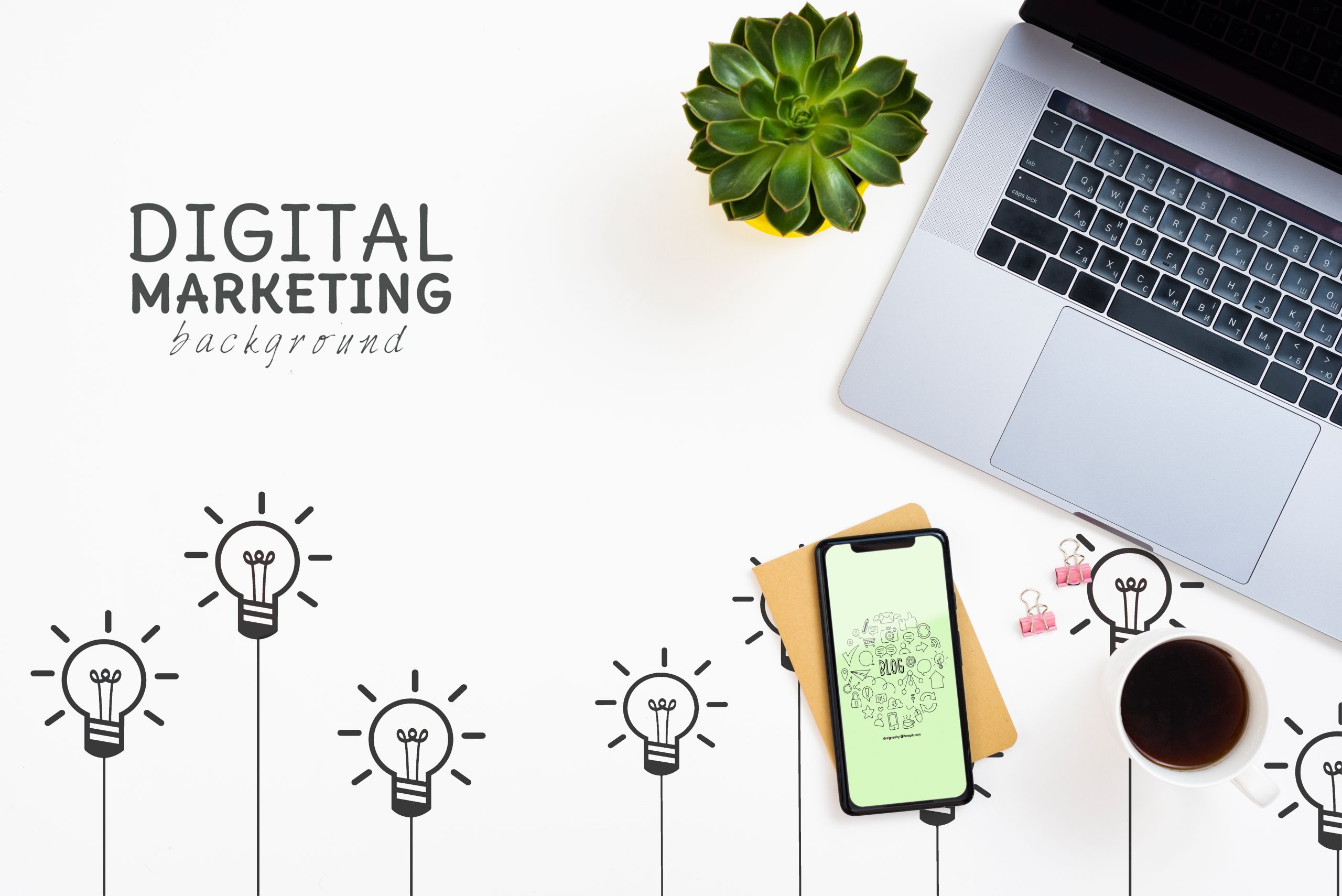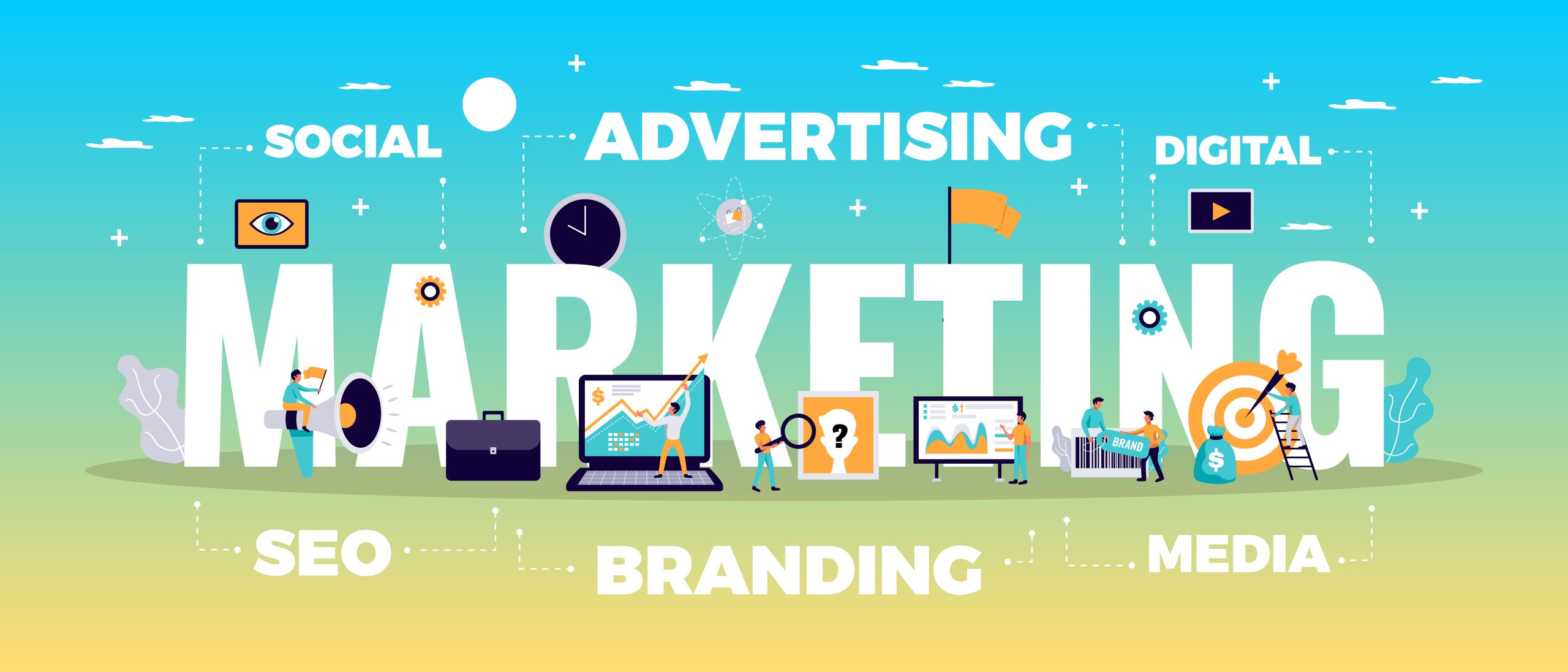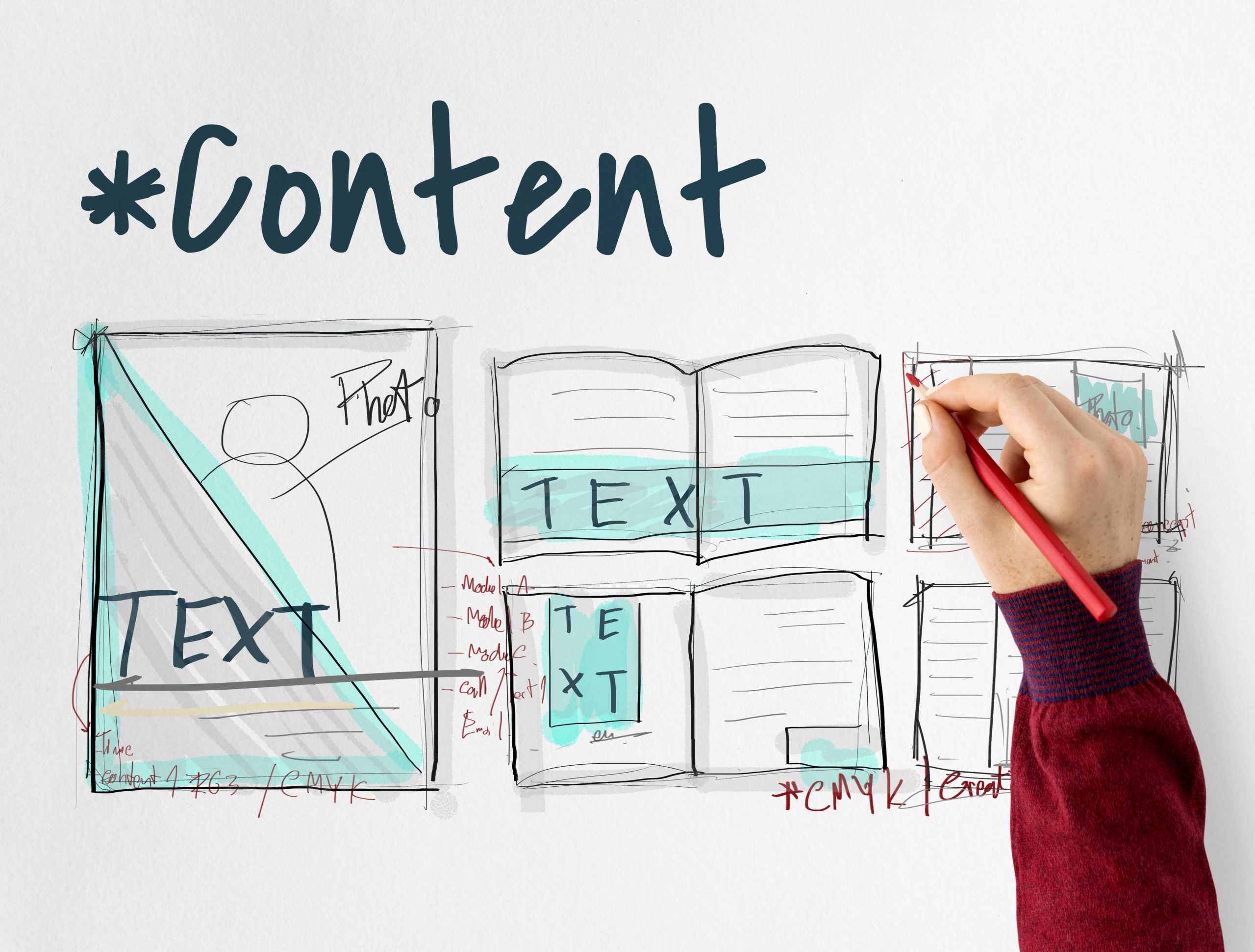
In today’s competitive business landscape, understanding the lifetime value of your customers is essential for long-term success. It goes beyond simply acquiring new customers; it’s about nurturing and retaining them over time. In this comprehensive guide, we will delve into the concept of Customer Lifetime Value (CLV) and its profound impact on your business.
So, what exactly is Customer Lifetime Value? Simply put, it is a metric that quantifies the value a customer brings to your business over their entire relationship with your company. By understanding CLV, you can make informed decisions on customer acquisition costs, customer retention strategies, and personalized marketing efforts. This knowledge empowers you to allocate resources efficiently and maximize revenue.
We will explore various aspects of CLV, including how to calculate it, why it matters, and how it can drive business growth. We will also discuss strategies for optimizing CLV, such as providing exceptional customer experiences, fostering loyalty, and increasing customer referrals. Whether you’re a small startup or an established enterprise, mastering the concept of Customer Lifetime Value is the key to ensuring sustainable and profitable growth for your business. So, let’s dive in and unlock the secrets to unlocking your customers’ lifetime value.
What is Customer Lifetime Value (CLV)?
Customer Lifetime Value (CLV) is a measure that determines the total worth of a customer to your business over the entire duration of their relationship with you. It takes into account the revenue generated from the customer’s purchases, as well as the potential future revenue they can bring through repeat purchases, upsells, and referrals.
Calculating CLV allows you to understand the financial impact of acquiring and retaining a customer. By knowing the average CLV for your customer base, you can make strategic decisions on how much you can invest in acquiring new customers and how to allocate resources to maximize their value. CLV gives you a clear picture of the return on investment (ROI) for your marketing and customer retention efforts, helping you make data-driven decisions to drive business growth.
There are different methods to calculate CLV, but the most common approach is to multiply the average purchase value by the average purchase frequency and the average customer lifespan. For example, if the average purchase value is $50, the average purchase frequency is 3 times a year, and the average customer lifespan is 5 years, the CLV would be $50 x 3 x 5 = $750.
The importance of understanding CLV for business success
Understanding CLV is crucial for long-term business success for several reasons. Firstly, it enables you to make informed decisions regarding customer acquisition costs. By knowing the CLV, you can determine how much you can spend on acquiring new customers without negatively impacting your profitability. This knowledge helps you optimize your marketing campaigns and allocate resources effectively.
Moreover, CLV provides insights into customer retention strategies. By understanding the lifetime value of your customers, you can identify the most valuable segments and tailor your retention efforts accordingly. For example, if you discover that customers who make repeat purchases within the first three months have a significantly higher CLV, you can focus on implementing strategies to encourage early repeat purchases, such as loyalty programs or personalized offers.
Additionally, CLV allows you to personalize your marketing efforts. By knowing the value each customer brings to your business, you can create targeted marketing campaigns that cater to their specific needs and preferences. This personalization enhances the customer experience, increases customer satisfaction, and ultimately improves customer retention and CLV.
In summary, understanding CLV empowers you to make data-driven decisions on customer acquisition costs, customer retention strategies, and personalized marketing efforts. It helps you optimize your resources, maximize revenue, and ensure sustainable business growth.
How to calculate Customer Lifetime Value
Calculating CLV requires gathering and analyzing relevant data about your customers’ purchasing patterns and behaviors. By following these steps, you can accurately determine the CLV for your business:
1. Gather data: Start by collecting data on customer purchases, including the average purchase value, purchase frequency, and customer lifespan. You can obtain this information from your customer database, point-of-sale systems, or customer surveys.
2. Calculate average purchase value: Divide the total revenue generated from customer purchases by the number of purchases made during a specific period. For example, if the total revenue is $10,000 and there were 200 purchases, the average purchase value would be $10,000 / 200 = $50.
3. Determine average purchase frequency: Divide the total number of purchases made by the number of unique customers during a specific period. For example, if there were 500 purchases made by 100 customers, the average purchase frequency would be 500 / 100 = 5.
4. Calculate customer lifespan: Determine the average length of time a customer remains active and continues to make purchases. For example, if the average customer lifespan is 3 years, the customer lifespan would be 3.
5. Multiply the average purchase value by the average purchase frequency and the customer lifespan: Using the values obtained in the previous steps, multiply the average purchase value, average purchase frequency, and customer lifespan. For example, if the average purchase value is $50, the average purchase frequency is 5, and the customer lifespan is 3, the CLV would be $50 x 5 x 3 = $750.
By following these steps, you can accurately calculate the CLV for your customers and gain valuable insights into their value to your business.
Factors that influence Customer Lifetime Value
Several factors can influence a customer’s lifetime value. Understanding these factors allows you to identify opportunities for optimization and maximize CLV. Here are some key factors to consider:
1. Product quality and pricing: The quality of your products or services and their pricing directly impact customer satisfaction and repeat purchases. Offering high-quality products at competitive prices increases customer loyalty and their lifetime value.
2. Customer service and support: Exceptional customer service and support build trust and foster long-term relationships with customers. Providing timely and personalized assistance enhances the overall customer experience and increases customer satisfaction and retention.
3. Customer segmentation: Different customer segments may have varying CLVs. By segmenting your customer base based on demographics, purchasing behavior, or preferences, you can tailor your marketing efforts and retention strategies to maximize CLV for each segment.
4. Customer engagement: Engaged customers are more likely to make repeat purchases and become brand advocates. Implementing engagement strategies such as loyalty programs, personalized communication, and social media interactions can increase customer engagement and CLV.
5. Upselling and cross-selling: Offering additional products or services to existing customers can increase their CLV. By identifying upsell and cross-sell opportunities based on their previous purchases or preferences, you can maximize revenue from each customer.
These factors, among others, play a crucial role in determining the lifetime value of your customers. By optimizing these aspects of your business, you can increase CLV and drive sustainable growth.
Strategies to increase Customer Lifetime Value
To increase Customer Lifetime Value, businesses can adopt various strategies that focus on nurturing customer relationships and maximizing customer satisfaction. Here are some effective strategies to consider:
1. Provide exceptional customer experiences: Delivering outstanding experiences at every touchpoint of the customer journey is essential for increasing CLV. From the moment a customer interacts with your brand to post-purchase support, prioritize delivering exceptional service and personalized experiences that exceed customer expectations.
2. Foster loyalty programs: Implementing a loyalty program rewards customers for their continued support and encourages repeat purchases. By offering exclusive discounts, rewards, or freebies, you incentivize customers to choose your brand over competitors, ultimately increasing CLV.
3. Increase customer referrals: Encourage satisfied customers to refer their friends and family to your business. Word-of-mouth recommendations have a significant impact on customer acquisition and CLV. Offer referral incentives, such as discounts or referral bonuses, to motivate customers to refer others.
4. Personalize marketing efforts: Leverage customer data and technology to personalize your marketing campaigns. Tailor your messaging, offers, and recommendations based on each customer’s preferences, purchase history, and behavior. Personalization enhances customer engagement, satisfaction, and ultimately, CLV.
5. Implement proactive customer retention strategies: Rather than waiting for customers to leave, proactively engage with them to prevent churn. Monitor customer behavior, identify signs of dissatisfaction or disengagement, and take timely action to address their concerns. By prioritizing customer retention, you can increase CLV and reduce customer acquisition costs.
By implementing these strategies, businesses can cultivate long-term relationships with customers, increase customer satisfaction, and drive higher lifetime values.
Case studies: Successful businesses leveraging CLV
Several successful businesses have leveraged the concept of CLV to drive their growth and success. Let’s explore a few notable case studies that highlight the impact of understanding and optimizing CLV:
### Case Study 1: Amazon
Amazon, the world’s largest online retailer, is a prime example of a company that understands the value of CLV. By utilizing data-driven insights into customer behavior and preferences, Amazon offers personalized recommendations and a seamless shopping experience. They prioritize customer satisfaction and loyalty, resulting in high customer retention and increased CLV. Amazon’s success lies in their ability to continuously optimize their customer experience and leverage customer data to drive personalized marketing efforts.
### Case Study 2: Starbucks
Starbucks, the renowned coffeehouse chain, has mastered the art of customer loyalty. By implementing their Starbucks Rewards program, they incentivize customers to make repeat purchases and engage with their brand. Through personalized offers, free drinks, and early access to new products, Starbucks creates a sense of exclusivity and fosters customer loyalty. By understanding the CLV of their loyal customers, Starbucks can allocate resources effectively and tailor their marketing efforts to maximize customer retention and revenue.
### Case Study 3: Apple
Apple, the technology giant, has built a loyal customer base by consistently delivering innovative products and exceptional customer experiences. By creating an ecosystem of products and services that seamlessly integrate, Apple has successfully increased customer engagement and retention. They understand the CLV of their customers and invest in developing customer-centric features and services, such as AppleCare, to enhance the overall customer experience. Apple’s focus on customer satisfaction and loyalty has resulted in a significant increase in CLV and a strong competitive advantage.
These case studies demonstrate the power of understanding and optimizing CLV in driving business growth and success. By prioritizing customer satisfaction, loyalty, and personalized experiences, businesses can maximize CLV and create a sustainable competitive advantage.
Tools and resources for analyzing and tracking CLV
Various tools and resources are available to help businesses analyze and track CLV effectively. Here are some valuable tools and resources to consider:
1. Customer Relationship Management (CRM) software: CRM platforms allow businesses to centralize customer data, track interactions, and analyze customer behavior. They provide insights into customer lifecycle stages, purchase history, and engagement metrics, enabling businesses to calculate and optimize CLV.
2. Data analytics platforms: Tools like Google Analytics and Adobe Analytics provide valuable insights into customer behavior, including website traffic, conversion rates, and customer segmentation. By leveraging these analytics platforms, businesses can identify opportunities to increase CLV and make data-driven decisions.
3. Customer surveys and feedback: Gathering feedback directly from customers through surveys, interviews, or focus groups can provide valuable insights into their needs, preferences, and satisfaction levels. This qualitative data, combined with quantitative metrics, helps businesses understand customer expectations and optimize CLV.
4. CLV calculators: Online CLV calculators simplify the process of calculating CLV by providing pre-built templates and formulas. These calculators allow businesses to input their specific data and obtain accurate CLV calculations without the need for complex spreadsheet formulas.
By utilizing these tools and resources, businesses can effectively analyze, track, and optimize CLV, leading to increased profitability and sustainable growth.
Common misconceptions about CLV
Despite the importance of CLV, there are common misconceptions that can hinder its effective implementation. Let’s address some of these misconceptions:
1. CLV is only relevant for subscription-based businesses: While CLV is often associated with subscription-based businesses, it is equally important for businesses with one-time purchases. Understanding the lifetime value of all customers, regardless of the purchase frequency, allows businesses to optimize resources and maximize revenue.
2. CLV is static and unchangeable: CLV is not a fixed metric. It can be influenced and optimized through various strategies, such as improving customer service, enhancing product quality, or implementing retention programs. By actively working to increase CLV, businesses can drive long-term growth and profitability.
3. CLV is only determined by past customer behavior: While past customer behavior is a crucial factor in calculating CLV, it is not the sole determinant. Future customer behavior, such as upsells, cross-sells, and referrals, can significantly impact CLV. By focusing on customer satisfaction and loyalty, businesses can influence future behavior and increase CLV.
4. CLV is the same as customer lifetime loyalty: CLV measures the financial value a customer brings to your business, while customer lifetime loyalty focuses on the emotional connection and loyalty a customer has towards your brand. While these concepts are related, they are not interchangeable. CLV provides insights into the financial impact of customer loyalty, but it doesn’t capture the emotional aspect completely.
By understanding these misconceptions, businesses can approach CLV with clarity and implement effective strategies to maximize its value.
The relationship between CLV and customer retention
Customer retention plays a crucial role in maximizing CLV. By focusing on retaining existing customers, businesses can increase their lifetime value and reduce customer acquisition costs. Here’s how customer retention and CLV are interconnected:
1. Increased customer retention leads to higher CLV: When customers remain loyal and continue to make repeat purchases, their CLV increases. By providing exceptional customer experiences, personalized marketing efforts, and proactive customer support, businesses can foster loyalty and increase customer retention, resulting in higher CLV.
2. Reduced customer churn improves CLV: Churn refers to the rate at which customers stop doing business with your company. By reducing customer churn through effective retention strategies, such as personalized offers, loyalty programs, and proactive communication, businesses can minimize the negative impact on CLV and maximize revenue.




